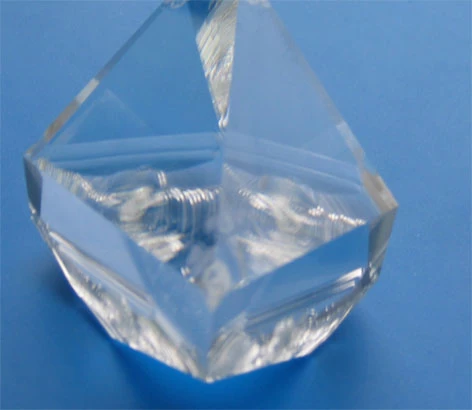Description
The LBO Crystal, or Lithium Triborate (LiB3O5), is a highly esteemed nonlinear optical crystal known for its exceptional properties. With a wide transparency range spanning from 210 nm to 2300 nm, LBO crystals are versatile and suitable for a variety of optical applications. Their moderately nonlinear coupling and high damage threshold make them a preferred choice in environments where durability and performance are crucial.
One of the standout characteristics of LBO crystals is their ability to achieve non-critical phase matching (NCFM) conditions for Type I Second Harmonic Generation (SHG) at wavelengths between 1000 nm and 1300 nm. This feature allows LBO crystals to be free from walk-off limitations, enabling the use of longer crystals for enhanced performance. Additionally, LBO crystals are free from the gray track effect, making them particularly valuable in high-power green laser applications.
Beyond their optical properties, LBO crystals boast excellent chemical and mechanical stability, ensuring longevity and reliability in various operational settings. Their precise dimensional tolerances and superior wavefront distortion characteristics further enhance their appeal, providing users with a high degree of accuracy and consistency. The combination of these attributes makes LBO crystals an indispensable component in advanced optical systems.
LBO Crystals with Low Absorption
Specifications
| Crystal Type: | LBO (Lithium Triborate) |
|---|---|
| Phase Mathcing Type: | Type II |
| Mounting: | Unmounted |
| Width: | 30 mm |
| Height: | 40 mm |
| Length: | 30 mm |
| Flatness: | <= Lambda/10 |
| Surface Quality (Scratch-Dig): | 10-5 |
| AR Coating: | Both Sides |
Features
- Wide Transparency Range: LBO crystals offer a broad transparency range from 210 nm to 2300 nm, making them versatile for various optical applications.
- Moderate Nonlinear Coupling: These crystals provide moderately nonlinear coupling, suitable for a range of nonlinear optical processes.
- High Damage Threshold: LBO crystals can withstand high power levels, making them ideal for high-intensity laser applications.
- Excellent Chemical and Mechanical Properties: LBO crystals are known for their robust chemical and mechanical stability, ensuring long-term reliability.
- Non-Critical Phase Matching (NCFM): LBO crystals support NCFM for Type I SHG at 1000-1300 nm, eliminating walk-off limitations and allowing the use of longer crystals.
- Free of Gray Track Effect: These crystals do not suffer from the gray track effect, enhancing their performance in high power green lasers.
- Precise Specifications: LBO crystals are manufactured with precise dimensional tolerances and cutting angle tolerances, ensuring optimal performance.
- Low Absorption: The absorption rates are <0.002% at 1064 nm and <0.01% at 532 nm, minimizing energy loss.
- High-Quality Surface Finish: With a scratch/dig specification of 10/5 per MIL-PRF-13830B, these crystals have a superior surface quality.
- Antireflection Coating: The crystals are coated to achieve R<0.2% at 1064 nm, R<0.5% at 532 nm, and R<3% at 355 nm, reducing reflection losses.
Applications
- Second Harmonic Generation (SHG): Efficient conversion of 1064 nm lasers to 532 nm green lasers.
- Third Harmonic Generation (THG): UV laser generation at 355 nm.
- High-Power Laser Systems: Ideal for industrial, medical, and research lasers.
- Nonlinear Optics Research: Experiments requiring precise harmonic generation.
- Photonics Devices: Integration into laser setups needing stable and efficient frequency conversion.
Frequently Asked Questions
What is an LBO crystal?
What is the transparency range of LBO crystals?
What are the applications of LBO crystals?
What are the advantages of using LBO crystals in green lasers?
What are the specifications for LBO crystal dimensions?
What is the absorption rate of LBO crystals at specific wavelengths?
What are the coating specifications for LBO crystals?
Similar Products
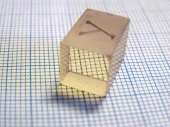

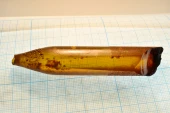
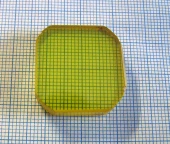
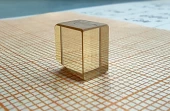

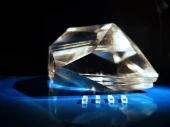
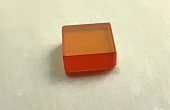
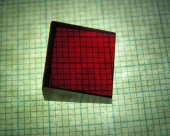
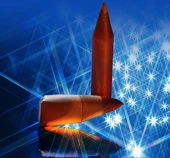
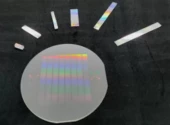

Your inquiry has been received.
Create an account by adding a password
Why create an account?
- Auto-complete inquiry forms
- View and manage all your past messages
- Save products to your favorites
- Close your account anytime — no hassle
